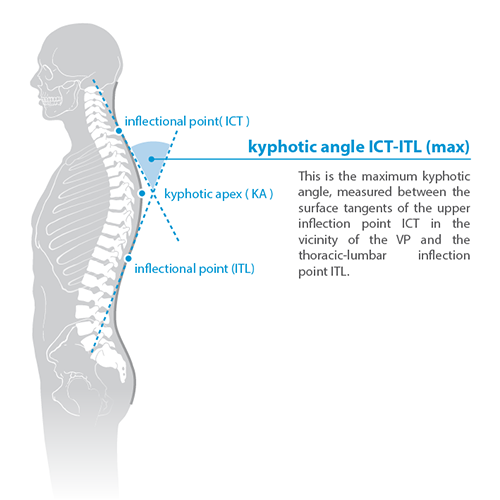

The purpose of planned deployment is to identify the type, the number, and the locations of nodes to optimize the coverage, the connectivity and the network lifetime. This study focus on planned 3D deployment in which the sensor nodes must be accurately positioned at predetermined locations to optimize one or more design objectives under some given constraints. In general, WSN are widely utilized in a set of real contexts such as monitoring smart houses and forest fires with parachuted sensors. Moreover, the proposed method is also used to solve the three-dimensional surface node coverage of the WSN.ģD Deployment plays a fundamental role in setting up efficient wireless sensor networks (WSNs) and IoT networks. Experimental results show that during random initialization, the average coverage rate of the improved 3D space coverage algorithm was increased by 0.76% and the deployment time was reduced by 0.1712 s during center initialization, the average coverage rate of the improved 3D space coverage algorithm was increased by 0.65% and the coverage time increased slightly. Finally, simulation experiments are utilized to verify the performance of the 3D-IVFC approach. Secondly, an improved three-dimensional space virtual force coverage method is proposed with an adaptive virtual force parameter control strategy. Firstly, the node coverage theory is analyzed, which is about node coverage in three-dimensional space. This work proposes a novel three-dimensional improved virtual force coverage (3D-IVFC) algorithm for the 3D coverage of nodes in WSN. The original virtual force algorithm (VFA) is proposed for the two-dimensional node coverage and localization of wireless sensor networks (WSN). Based on our extensive review, we discuss the strengths and limitations of each proposed solutions and compare them in terms of the WSN design factors. The second one is to present a comparative survey between recent optimization approaches used to resolve the deployment problem in WSN.

The first one is to present the complexity of 3D deployment and then detail the types of sensors, objectives, applications and recent research that concerns the strategy used to solve this problem. There have been a large number of studies, which proposed algorithms for solving the premeditated 3D deployment problem. The purpose of planned deployment is to determine the type, number, and locations of nodes to optimize coverage, connectivity and network lifetime. In this paper, we focus on planned 3D deployment, which the sensor nodes must be accurately positioned at predetermined locations to optimize one or more design objectives under some given constraints. In general, WSN are widely used in a variety of applications ranging from monitoring a smart house to monitoring forest fires with parachuted sensors. This strategy can be used in the design of energy-efficient scheduling protocols for 3D k-covered WSNs to extend the network lifetime.ģD Deployment represents a fundamental role in setting up an efficient wireless sensor network (WSNs) and IoT network.
#K 3d measure full#
Also, we propose a placement strategy of sensors to achieve full k-coverage of a 3D field. Then, we relax some widely used assumptions in coverage and connectivity in WSNs, such as sensor homogeneity and unit sensing and communication model, so as to promote the practicality of our results in real-world scenarios. Precisely, we prove that 3D k-covered WSNs have connectivity higher than their coverage degree k. Based on the concepts of conditional connectivity and forbidden faulty sensor set, which cannot include all the neighbors of a sensor, we prove that 3D k-covered WSNs can sustain a large number of sensor failures. We also compute the connectivity of 3D k-covered WSNs. We prove that a 3D field is guaranteed to be k-covered if any Reuleaux tetrahedron region of the field contains at least k sensors. Precisely, we propose the Reuleaux tetrahedron model to characterize k-coverage of a 3D field and investigate the corresponding minimum sensor spatial density. In this paper, we focus on the connectivity and k-coverage issues in 3D WSNs, where each point is covered by at least k sensors (the maximum value of k is called the coverage degree).

As an example, underwater sensor networks require design in 3D rather than 2D space. Although the majority of studies on coverage and connectivity in WSNs consider 2D space, 3D settings represent more accurately the network design for real-world applications. In a wireless sensor network (WSN), connectivity enables the sensors to communicate with each other, while sensing coverage reflects the quality of surveillance.


 0 kommentar(er)
0 kommentar(er)
